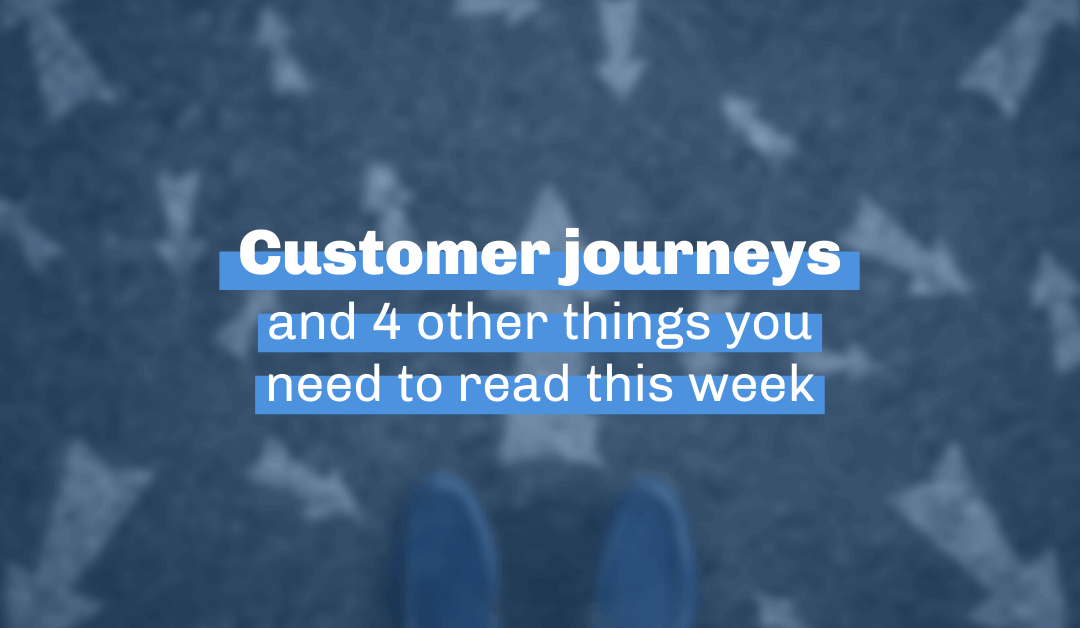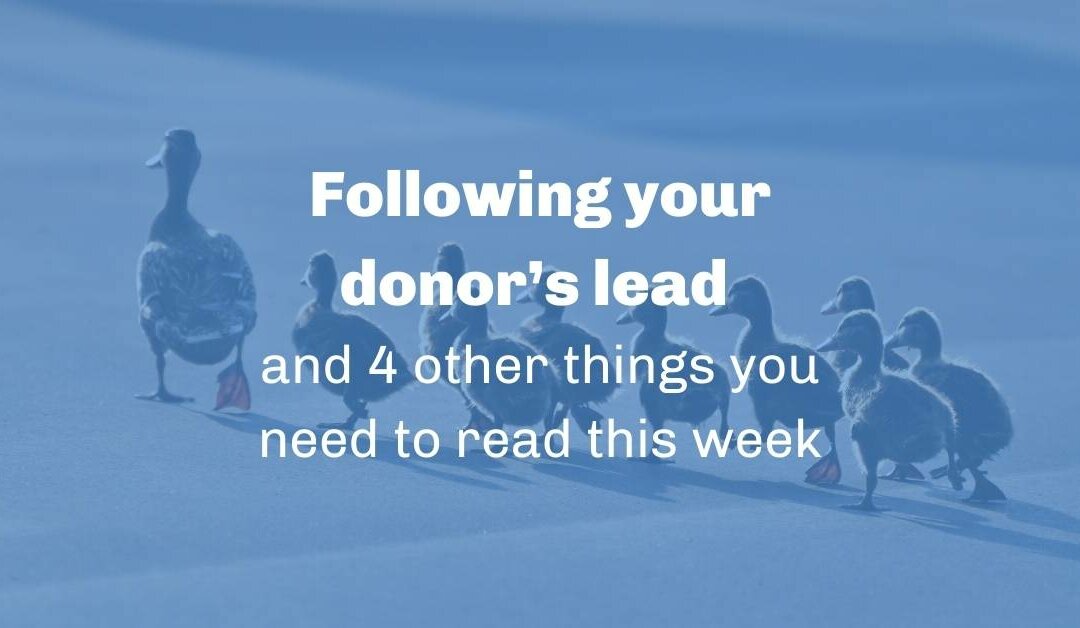
Customer journeys and 4 other things you need to read
1. Give your customers a 🗺 map.
Sixty-five percent of customers say they’d keep buying from a brand that gives them a great experience during their customer journey—but what the heck is a customer’s journey, anyway? Creating a customer journey map is a simple way to visualize a customer’s (or donor’s) experience, providing a step-by-step guide detailing touch-points, interactions, and asks. Save time mapping with this quick-and-easy template!
Don’t get lost along the way. [via Unbounce]
2. Get the most out of your Google Ad 💸 grant.
Google Ads are an important tool for nonprofits looking to increase traffic to their sites and expand their audiences. Still, many organizations lack the time and resources to learn about the program and develop the most effective strategies for leveraging its benefits (the biggest one: free advertising credits for nonprofits on the Google Ads platform). Fortunately, The Fundraising Authority created a guide to Google’s Ad Grant program, outlining eligibility requirements, the application process, and how to make the most of your grant once you’re approved.
Get started with Google Ads. [via the Fundraising Authority]
3. Plan a social media calendar 📅
Thirty days has September, April, June—but how far ahead should we be scheduling social media content? How do we schedule content that has variety but is consistent? And what do we post about to fill empty schedule space? Don’t worry, we’ve got you covered. Learn how to plan your social media and waste less time on last-minute scrambling.
Start planning. [via Databox]
4. Groovy 👉 new features in Google Workspace.
Do you have a flash of panic *every time* you share your screen in a Google Meeting? (Why does it always feel stressful?!) Google Workspace is here to calm your nerves with the “smart canvas,” a new tool that allows you to instantly share Docs, Sheets, and Slides within meetings without using screen sharing. They also launched an entire suite of updates, including the ability to start meetings within a Google Doc, emoji reacts for paragraphs, or writing assistance for when there are typos in your paragraphphph.
Read more about Google’s new smart chips. [via the Verge]
5. Keep your text readable. 📖
Why are “delete” buttons are always red? What about stop signs and stoplights? Welcome to the visual principle of contrast. How we design things matters—for style, yes, but also for function. A lack of contrast can make text unreadable, so it’s time to brush up on our User Interface skills.
Make your designs sing (instead of being ignored). [via YouTube]


